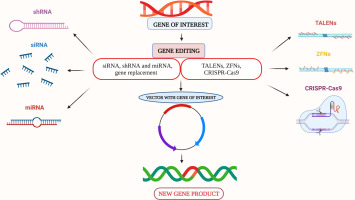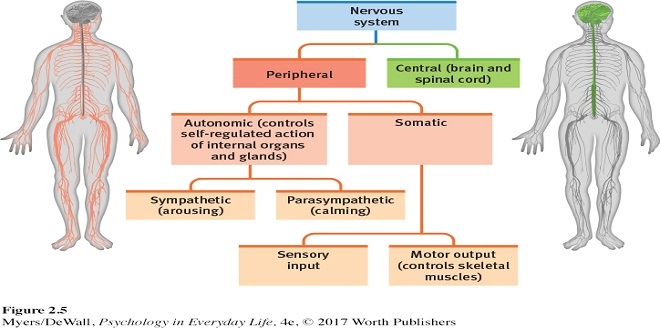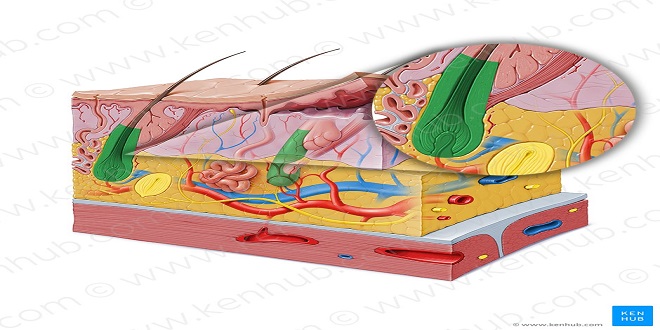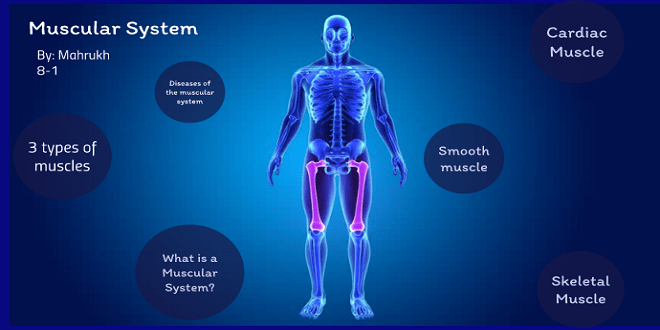Some Basic Chemistry of health
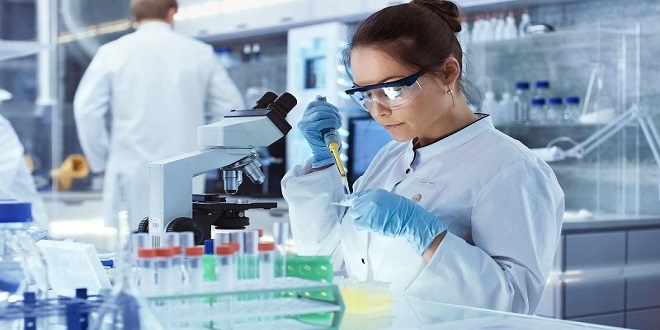
Elements
All matter, both living and not living, is made of elements, the simplest chemicals. An element is a substance made of only one type of atom (therefore, an atom is the smallest part of an element). There are 92 naturally occurring elements in the world around us. Examples are hydrogen (H), iron (Fe), oxygen (O), calcium (Ca), nitrogen (N), and carbon (C). In nature, an element does not usually exist by itself but rather combines with the atoms of other elements to form compounds. Examples of some compounds important to our study of the human body are water (H2O), in which two atoms of hydrogen combine with one atom of oxygen; carbon dioxide (CO2), in which an atom of carbon combines with two atoms of oxygen; and glucose (C6H12O6), in which six carbon atoms and six oxygen atoms combine with 12 hydrogen atoms.
Atoms
Atoms are the smallest parts of an element that have the characteristics of that element. An atom consists of three major subunits or particles: protons, neutrons, and electrons. A proton has a positive electrical charge and is found in the nucleus (or center) of the atom. A neutron is electrically neutral (has no charge) and is also found in the nucleus. An electron has a negative electrical charge and is found outside the nucleus orbiting in what may be called an electron cloud or shell around the nucleus.
Read More: Komikli.net
Chemical bonds
A chemical bond is not a structure, but rather a force or attraction between positive and negative electrical charges that keeps two or more atoms closely associated with each other to form a molecule. By way of comparison, think of gravity. We know that gravity is not a “thing,” but rather the force that keeps our feet on the floor and allows us to pour coffee with consistent success. Molecules formed by chemical bonding often have physical characteristics different from those of the atoms of the original elements.
Ionic bonds
An atom of sodium (Na) has one electron in its outermost shell, and in order to become stable, it tends to lose that electron. When it does so, the sodium atom has one more proton than it has electrons. Therefore, it now has an electrical charge (or valence) of and is called a sodium ion. An atom of chlorine has seven electrons in its outermost shell, and in order to become stable tends to gain one electron. When it does so, the chlorine atom has one more electron than it has protons, and now has a charge. It is called a chloride ion.
Covalent bonds
Covalent bonds involve the sharing of electrons between atoms. An atom of oxygen needs two electrons to become stable. It may share two of its electrons with another atom of oxygen, also sharing two electrons. Together they form a molecule of oxygen gas (O2), which is the form in which oxygen exists in the atmosphere.
Disulfide bonds and hydrogen bonds
Two other types of bonds that are important to the chemistry of the body are disulfide bonds and hydrogen bonds. Disulfide bonds are found in some proteins. Hydrogen bonds are part of many different molecules.
A disulfide bond (also called a disulfide bridge) is a covalent bond formed between two atoms of sulfur, usually within the same large protein molecule. The hormone insulin, for example, is a protein that must have a very specific three-dimensional shape in order to function properly to regulate the blood glucose level.
In a decomposition reaction, bonds are broken, and a large molecule is changed to two or smaller ones. One example is the digestion of large molecules of starch into many smaller glucose molecules.
Inorganic compounds of importance
Inorganic compounds are usually simple molecules that often consist of only one or two different elements. Despite their simplicity, however, some inorganic compounds are essential to the normal structure and functioning of the body.
Summary
All of the chemicals we have just described are considered to be non-living, even though they are essential parts of all living organisms. The cells of our bodies are precise arrangements of these non-living chemicals and yet are considered living matter. The cellular level, therefore, is the next level of organization we will examine.

